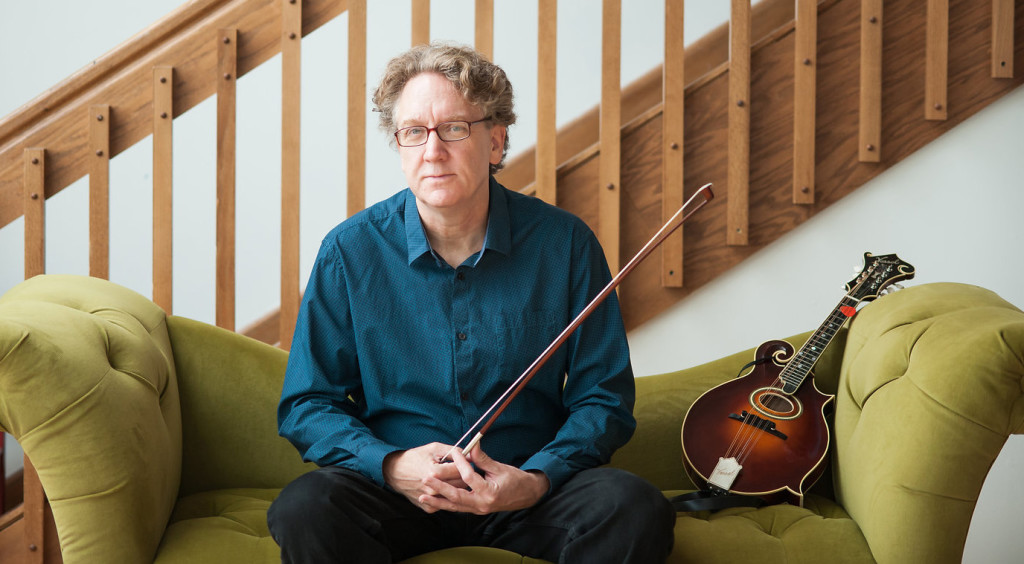Philosophy | Testimonials | Prizes & Honors | Contact

I hope that the following might give a little bit of insight into how much I care about my work, and how much I love doing what I do.
Part of a Tradition
I’m told that my work is reminiscent of French bows in how they play and in their overall look and feel. While I don’t consciously try to achieve that, my work is a result of how I was taught, using the techniques, gestures, and tools that have been handed down for generations.
I see my work as part of an oral tradition; I am fortunate to have been taught by masters who were directly connected to the French bowmaking tradition at its start. I learned from Benoît Rolland and Georges Tepho, both of whom learned from Bernard Ouchard. Bernard Ouchard was taught by his father, E.A. Ouchard, who learned from his father, E.F. Ouchard. E.F. Ouchard was apprenticed to Eugene Cuniot in 1886, Cuniot learned from his father… So just from the great fortune of having been accepted as an apprentice to Monsieur Rolland, I walked into a line of teaching that I can trace back to 1850.
I learned so much living in France that seemed to have nothing to do with bows, yet all of life’s experiences add up to make you who you are, what you do, and how you do it. One time an American friend, the fine bowmaker Robert Dow, was visiting me in France. We were making a pizza for my new girlfriend, trying to impress her with the interesting combination of ingredients we were putting on our super deluxe pizza. “Oh nooo,” she said. “If you put on too much, you won’t taste any!” Rob and I looked at each other and felt we had been given the secret to the beauty of French bows. Keep it simple, keep it consistent. You don’t hear the phrase “simple elegance” in French; it’s redundant.
As for that new girlfriend, we got married in March of 2000.
My Bows
First and foremost, a bow is a tool for a musician, and as such, must play well. A bow that doesn’t play well is like a bowl with a hole in the bottom: it won’t hold water. My teachers are very sensitive to the needs of musicians, and I have tried to follow their lead. A modern bowmaker who has greatly inspired me both personally and professionally is Charles Espey of Port Townsend, Washington. Mr. Espey once suggested that I look into the work of J. A. Vigneron as a maker whose bows play very well. While Vigneron worked in the last half of the nineteenth century, there are aspects of how he made a stick that harken back to an earlier time. He also worked with professors at the Paris Conservatory to make some interesting advances. His stick conception can allow for great stability and evenness, while retaining elasticity, response, and tone production. Vigneron’s work continues to interest me today.
In addition to playability, there is also the aspect of a bow as an object of beauty. In order to make beautiful music, we must relate to our instruments, surroundings, fellow musicians, etc. and it’s simply easier for us to relate to an object when it is beautiful. I work hard to make every aspect of my bows as beautiful as they can possibly be. I want the bow to not only enable you to play as well as you can technically, but also to inspire you to give as much as you can artistically.
My inspiration tends to come from older bows. I see some modern bows in which the technique used to make the bow is pristine, and yet the bow will leave me cold. They have corners so sharp you might cut yourself. What I’ve tried to do is develop my technique to its highest level, then, as I’ve matured, lose the razor sharp corners and emphasize the humanity one sees in older bows. I think the awards I’ve won show I can make technically “perfect” bows, but my desire now is to make a bow that is warm, human, and fluid, while keeping the quality as high as possible.
From the start, I was taught that the quality of the bow is the most important part of this work. My teacher, Benoît Rolland, once made me stop making a bow because the result I was achieving at the time was not as good as he felt it should be. It was disappointing, but he explained to me that one must always keep your quality at its highest level. “There is no such thing as just this once,” he told me. “If you lower your standards just this once, then you’ve lowered your standards.”
Thank you for your interest in my work.